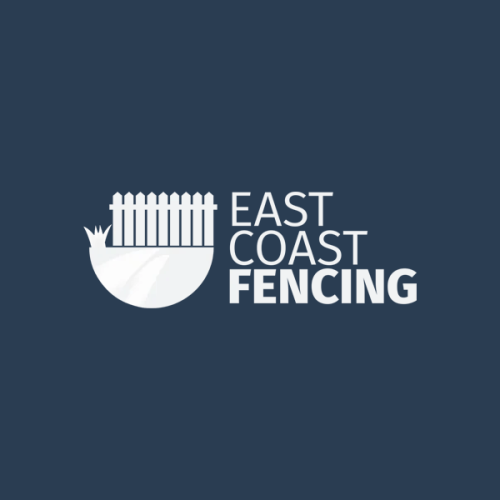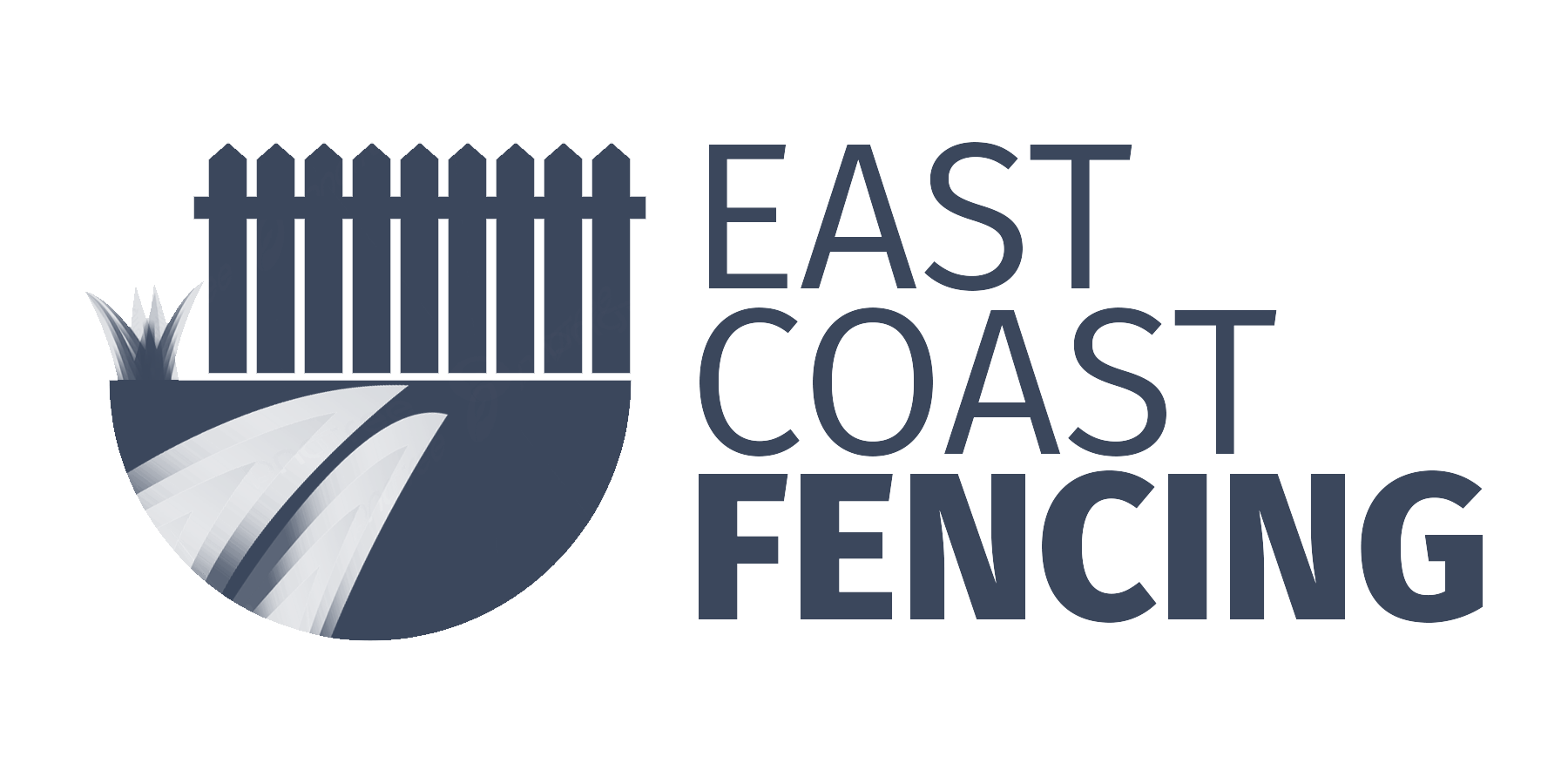
When it comes to transforming the appearance and functionality of your home or garden, external cladding is an incredibly versatile and practical option. From adding aesthetic appeal to improving insulation and durability, cladding offers countless benefits for homeowners and garden enthusiasts alike.
If you're looking to upgrade your home's exterior or create a cohesive look for your garden, this guide will walk you through how external cladding can make a significant difference.
What is External Cladding?
External cladding is a protective layer applied to the outside of a building or structure. It can be made from a variety of materials, including timber, composite, metal, stone, and fibre cement, each offering its own unique benefits.
Cladding serves both functional and aesthetic purposes. It shields walls and structures from the elements while also creating an attractive facade. Whether you're renovating your home or enhancing outdoor structures like sheds, fences, or outbuildings, cladding is a brilliant choice for a polished and practical finish.
The Key Benefits of External Cladding
Enhances Visual Appeal
External cladding is one of the most effective ways to boost the aesthetic value of your property. With a variety of styles, colours, and materials available, you can customise the look to match your personal taste and complement your garden or home decor.
Adding cladding to fencing in particular can transform your outdoor space, giving it a sleek and cohesive appearance that integrates seamlessly with other landscaping features.
Improves Durability and Weather Resistance
One of the primary functional benefits of external cladding is its ability to protect your property from harsh weather conditions such as rain, wind, and frost. High-quality cladding acts as a durable shield, helping to prevent damage to the underlying structure and extending its lifespan.
This durability makes cladding an excellent choice not just for houses, but for garden fencing, sheds, and other outdoor structures that face constant exposure to the elements.
Improves Insulation and Energy Efficiency
Another significant advantage of cladding is the insulation it provides. Good-quality cladding helps to regulate temperature by reducing heat loss in winter and preventing overheating in summer. This can lead to energy savings and a more comfortable indoor environment.
For garden structures like home offices or summer houses, cladding makes these spaces more usable year-round by maintaining a consistent internal climate.
Reduces Maintenance Requirements
Unlike bare wood or untreated materials, cladding often requires less maintenance over time, especially when durable and low-maintenance materials like composite or fibre cement are used. Many cladding options are resistant to rotting, cracking, and fading, making them ideal for garden fencing or external walls that need to stay looking fresh without constant upkeep.
Adds Value to Your Property
External cladding is known to increase the value of a property. By enhancing both kerb appeal and functionality, cladding makes your home more attractive to potential buyers. This can also extend to outdoor structures; a professionally clad garden shed or utility area can add a sense of quality and cohesion to your outdoor space.
Popular External Cladding Materials
Timber Cladding
Timber cladding is a classic option for those who love a natural and warm aesthetic. It’s commonly used for garden buildings and wooden fences. However, it does require regular treatment to prevent rotting and weathering.
Composite Cladding
Composite cladding combines recycled wood fibres and plastic, offering the look of natural wood with added durability. It’s popular for both domestic and garden use due to its low maintenance and eco-friendly nature.
Stone and Brick
For a more traditional and robust option, stone or brick cladding works beautifully on houses and garden walls. While heavier and more expensive to install, these materials offer long-lasting performance and a premium appearance.
Fibre Cement
Fibre cement is a versatile and durable material that works well for both modern and traditional designs. It’s lightweight, weather-resistant, and available in various colours and textures, making it a practical choice for garden fencing and home exteriors.
Applications of External Cladding in the Garden
External cladding isn’t just for houses! It has a range of applications in your garden as well:
- Sheds and Outbuildings: Turn your garden shed into an eye-catching feature by cladding it in stylish timber or composite boards.
- Garden Rooms and Offices: Enhance garden offices or summer houses with cladding for both aesthetic and thermal benefits.
- Fencing: Give your garden fencing a modern twist by using composite or timber cladding panels for a polished look.
- Planters: Add a sleek and cohesive element to your garden by using cladding to cover raised planters or garden beds.
How to Choose the Right Cladding
Choosing the ideal cladding for your project depends on several factors:
- Style and Aesthetic: Consider how the cladding complements the rest of your home and garden.
- Material: Weigh the benefits of each material, such as timber for natural appeal or composite for low maintenance.
- Budget: Determine what you’re willing to invest, keeping in mind long-term savings from reduced maintenance.
- Functionality: Think about the purpose of the cladding and whether insulation, durability, or aesthetics are your top priorities.
Transform Your Garden with Cladding
External cladding opens up incredible opportunities to enhance not just your home, but also your garden. From creating visually stunning outdoor spaces to adding practical weather protection for your fencing, cladding is a versatile and worthwhile investment.
Whether you’re planning to refresh existing structures or start a brand-new project, the benefits of cladding are undeniable. If you’re looking for inspiration, check out East Coast Fencing’s selection of garden fencing to see how you can incorporate these ideas into your garden today.


